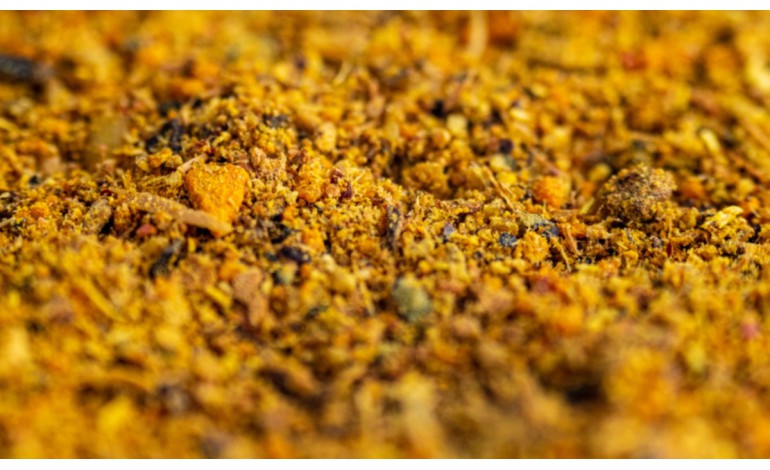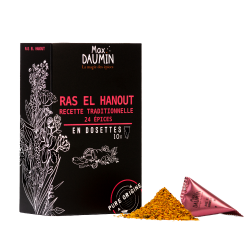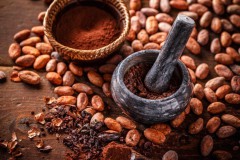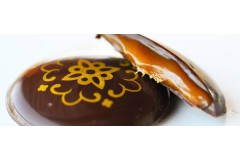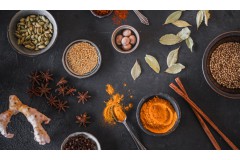Ras el Hanout is one of the world's most complex spice blends.
This blend of spices, where it originated, is still very much in evidence in the Maghreb countries, particularly Morocco.
Traditional recipes for Ras el Hanout range from 24 to 27 spices, with some containing as many as 40!
Composition, history and origin
Historically, in the souks, every grocery-store owner tried to compose the best blend of spices and put it to best use. He would place it at the head of the gondola to stand out from his competitors. It was his trademark, his way of differentiating himself. This blend was simply called “Ras el Hanout”, which literally means “Head of the Grocery”, the best in the store.
It is also sometimes referred to as “Maghreb Curry”. Ras el Hanout of course has the base of a curry (turmeric, ginger, cumin, coriander, cinnamon, cloves, nutmeg, pepper), but it's still very different from a curry, with its floral and citrus notes brought out by all the spices not present in a curry.
Ras el Hanout is a journey in itself. From the first bite: its flavor opens onto an enchanting, dreamy Orient, sweetened by Ceylon cinnamon; lightly enhanced by its five peppers, the warm fragrances of an ancestral combination of turmeric, ginger, cumin, nutmeg and coriander. Finally, a floral complexity comes to the nose and the palate: the addition of cardamom, Rose Centifolia, Galanga and Iris root with violet fragrances.
It's a delicate, complex blend. I consider it a cut above other curries in terms of subtlety.
Its aromatic complexity is such that it's best to have a freshly ground Ras el Hanout, whose fragrances are fully preserved, to enjoy all its top, heart and base notes.
Historically, Ras el Hanout contains two special ingredients: Belladonna and Cantharide fly. Belladonna is a plant that proves toxic in certain doses, and the Cantharid fly secretes Cantharidin, which is both a poison in high doses and an aphrodisiac. Félix Faure is said to have abused it. This is said to have led to his popular death. We prefer not to include these two ingredients in our composition.
The origins of the Ras el Hanout blend are unknown, but its use can be traced back to the Middle Ages, mainly in Morocco. It was a reflection of the fine Moroccan gastronomy found in royal cities.
In the kitchen
It goes without saying that Ras el Hanout can be used in couscous and tagines. But its aromatic complexity and fragrant flavors will easily enhance your vegetables, sauce dishes and vegetables such as eggplant, carrots, zucchini or turnips. It is also used in desserts such as Feqqas from Morocco. Surprisingly good, it can also be added to your coffee. It will give your coffee a full-bodied flavor.
Max Daumin
Max Daumin spices
Gold 2017-2018 Silver 2020 - 2021 Bronze 2019 | Trophée national de l'épicerie fine
Artisan Producer of the Collège Culinaire de France 2022
Ras el Hanout, what is it?
Posted by
Max Daumin
01/27/2022
Articles by Max Daumin
